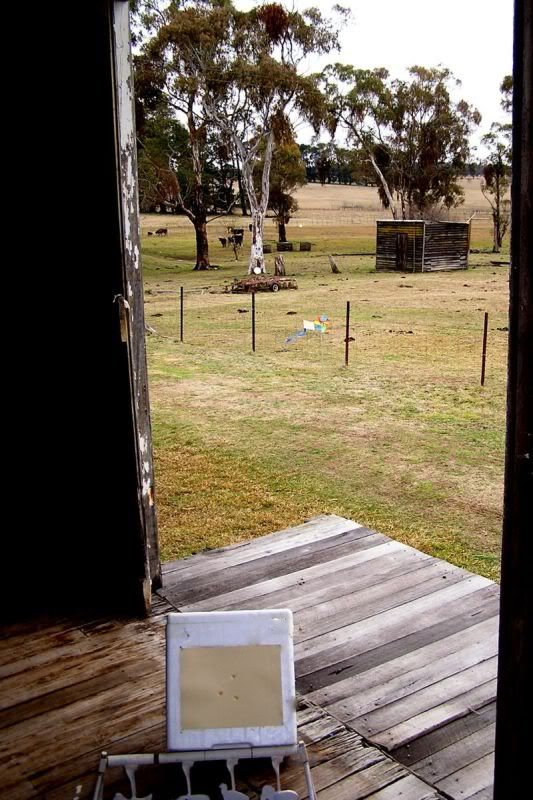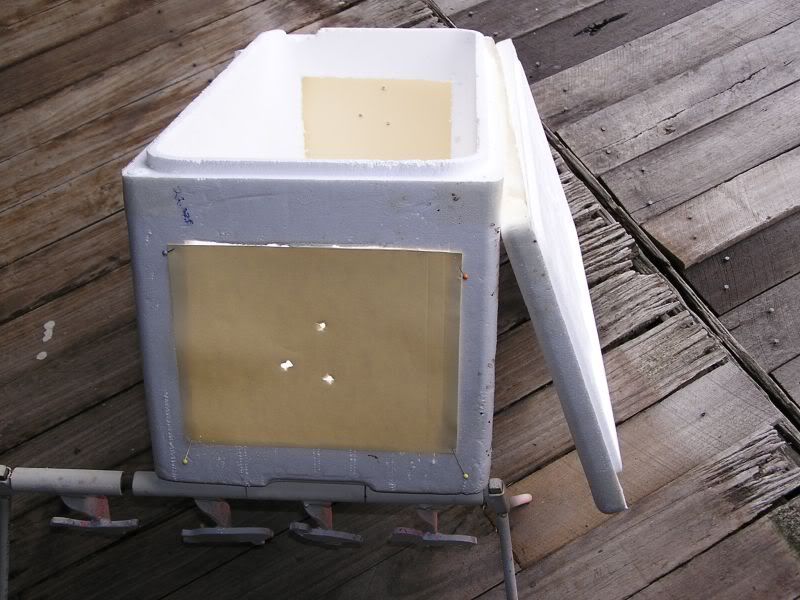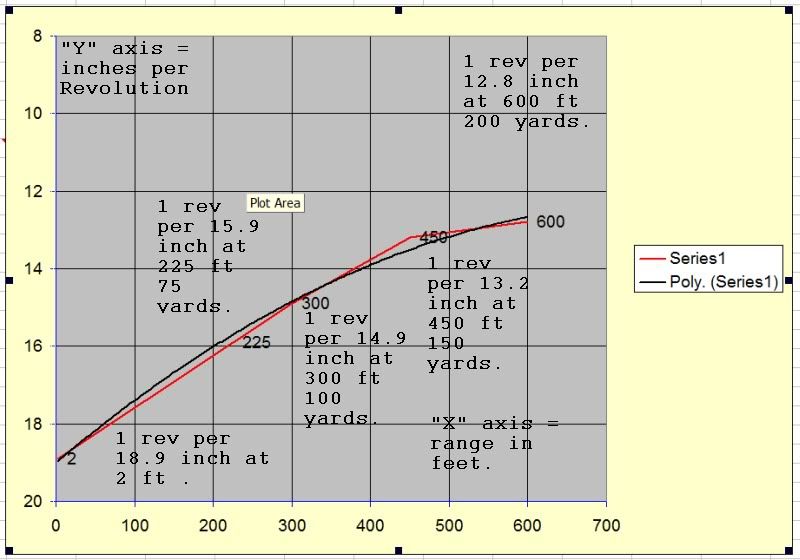"I_Like_Irons" As the pellet slows in speed, it's rotational speed slows down much less proportionally. By the time the pellet is a substantial distance down range, its gyroscopic stability is now much greater compared to the aerodynamic forces trying to keep it point on.
For those interested in this phenomenon: I did this study quite some time ago.
It is a field study on effective spin rates at ranges to 200 yards; Possibly the only such study done on air rifle pellets' range-comparative spin rates. Or for that matter, on actual measured spin rates to 200 yards. It was specific to the pellet under scrutiny.
Enjoy please.
Quote: Circa 2010.
Topic: "Pellet spin rate increase with range to 200 yards study and data ... long with graphics..
August 8 2010 at 2:21 AM
Yrrah (Login Yrrah)
YF
0.25 cal JSB King pellets were shot from the BSA JB OZ 1 Hornet through screens to establish spin rates at 2 feet, 75 yards, 100 yards, 150 yards and 200 yards. Pellet heads were marked with Biro ink to show their orientation as they passed through the two screens and left the ink mark. The angles of rotation were computed and related to the screen separation to resolve the inches per revolution of travel. ... The first range of 2 feet was taken to be a virtual barrel rifling twist rate. The data from the other ranges indicated the increase in spin rate
( revolutions per unit distance traveled ) of the pellets which in turn has relevance to the pellets' static stability and ultimately to the potential for change in dynamic stability and so grouping precision and accuracy.
Firstly the range. The white spot near the far fence is the 200 yard marker:
The target screens pinned with attention to geometric parallel upon the styrene box: (Note the 3 shot test group shot at 200 yards):
That "group" measured 1.80 inches or 0.62 MOA at 200 yards! All three shots could have taken out an old buck bunny happy.gif. The sight was as usual set to zero for the range using Dave Eade's (Chairgun author) special extreme range programme written for me following the muzzle to 200 yd velocity/ BC study done some time ago and reported here. This rifle, sight ( 6500 Bushnell Elite 2.5-16X ) and pellets will zero from 10 yards to 225 yards.
Results: In deference to those with slow computers I have not included pics of all the targets or the maths and geometry.
Result data points inserted were:
2 ft = 1 rev per 18.9 inches ie., 1:18.9 (assumed to equal rifling twist rate of the BSA 0.25 cal barrel).
So:
2 feet = 1: 18.9
225 feet/ 75 yards = 1:15.9
300 feet/ 100 yards = 1:14.9
450 feet/ 150 yards = 1:13.2
600 feet/ 200 yards = 1:12.8
Only one decimal place given as the analysis is by nature subjective but all care was taken with the measurements.
It can be seen that the spin rate in revs per unit distance traveled climbed from near 1:19 inches (565 revs/sec) close to the muzzle at 890 fps to 1:12.8 inches ( 480 revs/sec) at 506 fps ( my chronographed velocity @ 200 yards at 4,030 ft adjusted to my farm's elevation 3640 ft) at 200 yards of travel.
Actual rpm works out at approx 33,900 at muzzle to 28,800 at 200 yards ie., a loss of 15 % in (edit) angular velocity compared to 42.5 % in linear velocity ........... " End quote.
Where static overstability and dynamic instability with diabolos may begin down range will depend on the pellet, its BC and shape, quality etc. There may be a criterion spin rate that triggers dynamic instability, not known but let's surmise 1:12" as a guesstimate, after which tractability is lost. "Tractability" being the ability to maintain its lengthwise axis in concert with its trajectory. ... As a guess I think slower mvs from standard twist barrels may help to keep the effective spin rates below that criterion spin rate whatever it is. .............. ?????
The eye is clearing a little as the day progresses but I'm told could take two weeks to show its best result. ... Kind regards, Harry.



